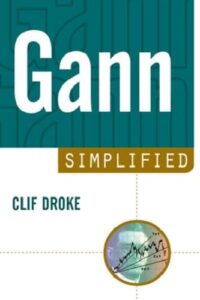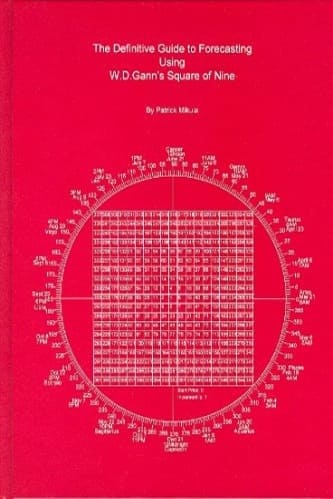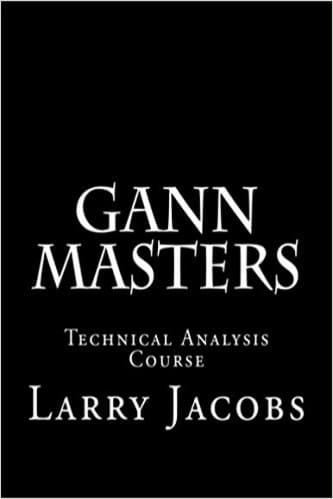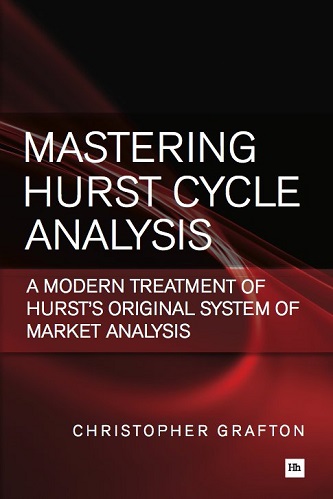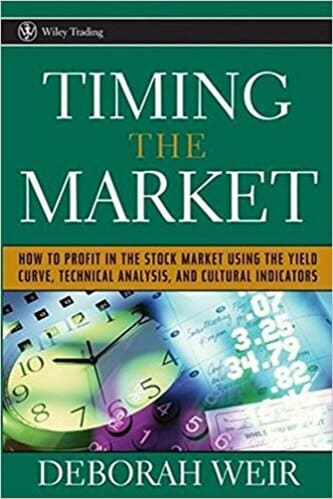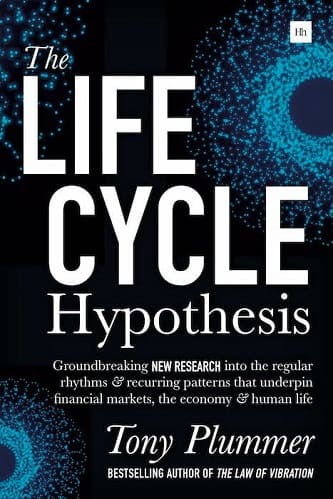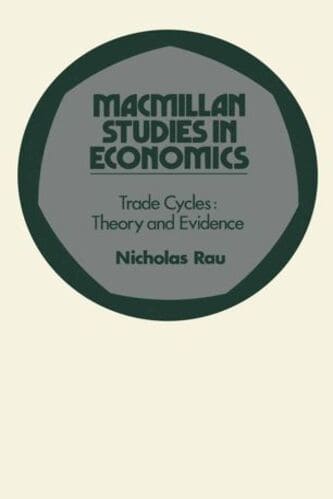Articles
Gann’s Astrologers and the 60 Year Cycle By Bill Meridian
It has been said recently about Gann’s 60 year cycle… W.D. claimed that a rhythm exists in the market and economy that causes business conditions from 6 decades back to reproduce themselves in the present. So, 1929/1930 type conditions should have or are reproducing themselves now. My teacher Charles A. Payne Jr. knew Gann’s two astrologers: Ken Brown and L. Edward Johndro. The latter two met in 1935 and began a 15-year partnership. Interestingly enough, Brown and Johndro never met face to face, just as Jayne and Johndro never met personally. They worked together primarily in the advising of important business men. With Johndro being the technician and Brown the contact man.
Johndro was one of the truly great American astrologers, thus the astrology world rewards innovative astrologers with the Johndro award on an annual basis. He was born on January 31, 1882. He began to study astrology in July of 1903, the same year and month Brown was born. He moved to the west coast of the United States where he lived for most of his life until his death on February 15, 1958 (conflicting dates are given as to his date of death). Johndro was eminently qualified as a technical astrologer. He was a mathematician, physicist, and radio engineer and in fact taught mathematics and physics professionally. In addition to being an innovator, he was also a rigorous tester of new ideas. If something did not work, he threw it out.
Mr. Jayne recalled Brown and Johndro working for W.D. Gann over a period of years. Because Johndro contemporaries did not appreciate his advanced style of astrology, he became embittered towards the end of his life. Upon his death, he requested Brown burn all of their correspondence and notes, a request that Brown honored. Johndro also advised Brown not to tell Jayne of the conflagration, fearing that Charles would have a heart attack. Be divided the zodiac in multiples of 15 degrees instead of 30. That means he was working in the 24th harmonic (360 divided by 15 equals 24). He is the only American astrologer to point out that aspects that are multiples of 15 degrees are significant in horoscope interpretation. For example, he found that 75 degrees, 105 degrees, etc. are valid aspects even though they are still not recognized as such by modern astrologers. The significance lies in market forecasting. I have found that these 75, 105, and 165 degree aspects are effective in determining turning points in market prices. It is interesting to know Johndro did market work for Gann and also knew of this phenomena, even though he never linked it to market forecasting in his sparse writings. (Upon his last trip to the U.S., I had the opportunity to ask John Addey, an English astrologer who did much to promote the modern use of harmonics, about the meaning of the 24th harmonic. His answer: ‘change of trend’.) Johndro also did significant work on eclipses which he passed on to Charles Payne. Writing in 1958, Brown claimed that Johndro had developed a method for forecasting commodity prices based on cause he wrote so little, what can we glean from his style?
Suggested Books and Courses About Gann Techniques
First, Johndro was a master occasional astrologist, determining how changing one’s residence would effect their lives. Second, he developed very unique methods of direction and did a great deal of study on the fixed stars. He developed an eightfold division of the zodiac and a new system of sign rulership that was not appreciated by the astrologers of his day. Curiously, and more important to market astrology, he eclipse charts. He never committed this technique to writing, but apparently he found out that eclipse charts worked temporarily in forecasting prices. The next eclipse then began to “carry the ball” as far as the forecasting of a particular market. Thus the determination of prices were not determined by an individual horoscope but by horoscopes set by time, date, and place where the eclipse occurred. Let’s see how some of Johndro’s work, which was later developed by Jayne, was utilized by Gann.
Gann’s 60-year Cycle
Many of Gann’s number cycles and other methods were astro-based. He either did not want potential customers repelled by his esoteric techniques, or he wished to conceal their origin least others follow in his path. In any event, Jayne spoke quite often about recurrence cycles-patterns formed by repetitions of synodic planetary cycles. A synodic cycle is formed by the conjunction of two bodies. At that point, they are zero degrees apart. The faster races ahead of the slower, making a complete transit of the zodiac before it catches up to the second body. This completed cycle, from conjunction to conjunction, is a synodic cycle. Every so many repetitions, the conjunction or zero-degree separation falls at the same place, or close to it in the zodiac. This constitutes a recurrence cycle. For example: Jupiter and Saturn meet approximately every 20 years. Every three completed cycles, the conjunction takes place at the same relative position in space and this completes one recurrent cycle. Here are some examples: The conjunctions of 1980-81 fell in early Libra while that of 1921 fell in late Virgo, just a few degrees earlier than the eighties’ occurrences. The oppositions (180-degree angles between the 2 planets) that began last year straddle the Cancer-Capricorn axis as did June 14, 1990 those of 1930-31 and 1872. Gann wrote that the halfway point between conjunctions (corresponding with the 180-degree angles) were times of general distress.
Suggested Books and Courses About Cycle Trading and Market Timing
Here is a listing of the years of previous conjunctions: 1901, 1921, 194041, 1961, 1980-81. Curiously, Gann began his 20-year cycle counts in these years. The coincidences and the Gann-Johndro connection convince me that the 20 and 60 year rhythms were based on Johndro’s planetary cycles. This then raises an interesting question: are Gann’s cycles based purely on number counts? Or are they rooted in the actual dates of astronomic events, which have become distorted due to Gann’s desire to concern their actual derivation? This is an important consideration now because there are five Jupiter-Saturn oppositions stretching from 1989 to 1991.
If we- utilize number cycles, then 1929 plus 60 equals 1989. While it is impressive that the DJIA topped the same day in September as in 1929 (if indeed that was a major top); conditions last year were tough, but not disastrous. If we rely on planetary cycles, then 1991 is the correct year to watch. I think that reliance upon the actual astro cycles is the proper view for several reasons. First, as explained above, the number cycles were likely an attempt to hide the planetary cycles. Second, there is a general astrological principle that the last hit from a series of charts as well as the stock market. The schedule for the oppositions (180-degree aspects) is: First-Sept. 10, 1989 Second-Nov. 14, 1989 Third-July 13, 1990 Fourth-March 15, 1991 Fifth-May 16, 1991.
I project that we are not likely to see the full weight of this aspect (in terms of economic distress) until 1991. This fits the contrary opinion mold – while most 60-year cycle watchers are tracking a number cycle, the year will pass, proving the cycle “wrong” only to sneak up on us in 1991. It is interesting to note that the basic meanings of the two planets, expansion and contraction, supposedly balance or cancel each other out when at opposition; i.e., static or zero growth. Since the time of the first hit last fall, the market has made little progress and economic growth has been arrested (at the time of this writing). This stagnation is likely to last until1991 if the cycle holds to past performance. Slow growth is not welcome in a credit-driven economy such as ours. A Morgan Guaranty econometric study demonstrates that GNP growth of less than 2% is enough to send corporate earnings into the red, so an actual fall in GNP is not necessary to wither profits. Growth simply has to be slow enough. Ah- the downside of using leverage! Bill Meridian is a money manager residing in the Middle East He is the co-developer of the Astro-Analyst with noted astrologer Robert Hand and is also the publisher of Cycles Research newsletter. He has worked on Wall Street for over ten years as both a fundamental and technical analys.


